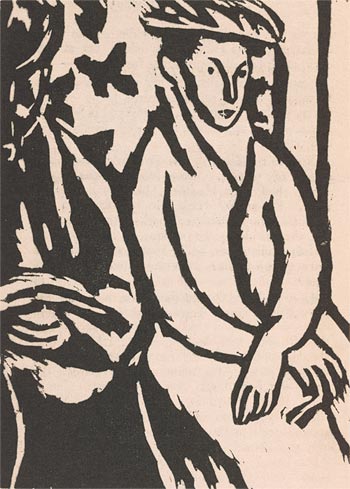
The art and craft of the woodcut was a source of inspiration for a small, influential group of European and American artists whose work helped shape the modern book in the decades immediately preceding and following the turn of the twentieth century. Though stylistically diverse, the creative expressions by wood engravers during this period—sometimes referred to as the woodcut revival—drew attention to the medium's decorative and typographic qualities, its associations with religious, primitive, and popular imagery, and potential for narrative through the invention of the wordless novel in woodcuts. What began as a response to nineteenth-century technologies that had changed the nature of illustration and printed matter became a platform for shaping a visual vernacular of modernity that redirected the course of the modern book. Works on view, drawn from the Morgan's collections, survey illustrated publications from 1890 to 1935, contextualizing them within their idealized past—in touchstones of medieval and Renaissance book design—and mapping potential trajectories in experimental animation, the fine press, and works by graphic artists today.
This exhibition is made possible in part by the Charles E. Pierce, Jr. Fund for Exhibitions, the Gladys Krieble Delmas Foundation, and Robert Dance.
Vanessa Bell (1879-1961)
From Monday or Tuesday by Virginia Woolf (Richmond: The Hogarth Press, 1921)
Bequest of Gordon N. Ray, 1987
The Pierpont Morgan Library, New York. PML 136392. Photography by Graham S. Haber, 2013. © Estate of Vanessa Bell, courtesy Henrietta Garnett.
